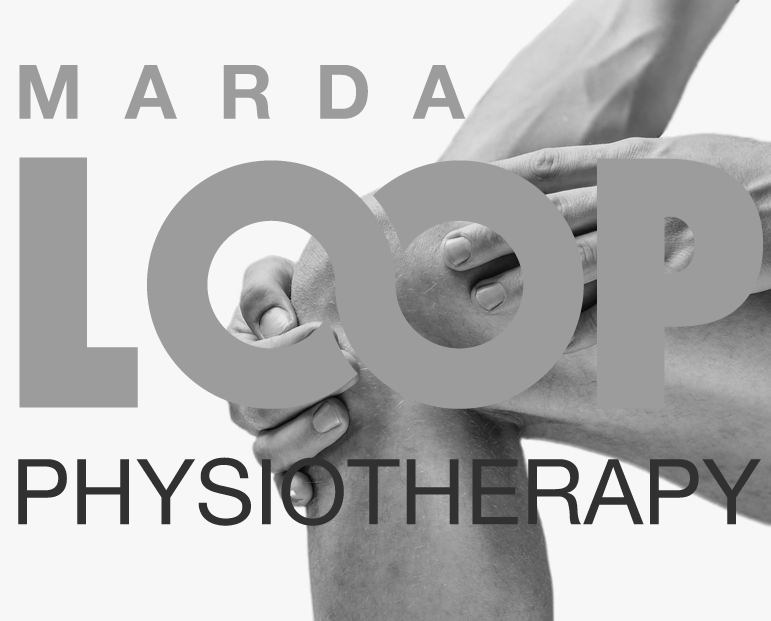Have you ever wondered why many basketball and volleyball players wear thin colourful straps just below their knees? These braces are often used in cases of patellar tendinopathy, also known as “Jumper’s Knee,” to assist in alleviating symptoms. The tendon of the quadriceps muscle connects the kneecap or patella to the lower leg bone called the tibia and can become overloaded with many jumping sports causing the gradual onset of tendon pain. Here are a few key pieces of advice that will help prevent such symptoms from starting when you are on the court. As always, consult your health care professional before trying any of the tips below.
- Although the front of the knee is the location of pain, many other muscles and joints surrounding the knee often become deficient in terms of strength and flexibility
- Maximize the flexibility of your calf, quadriceps and hamstrings by stretching daily, especially before games or practice
- Maintain the range of motion of your ankles, knees and hips
- Strengthen your core and hips, such as your glute muscles, because jumping involves a strong controlled center, especially when the sport requires upper extremity power
- Other key areas to focus on strengthening are your calves, quadriceps and hamstrings
- Proper jumping mechanics are very important to practice to reduce unnecessary stress on the knee and patellar tendon during games
- Work on landing on your forefoot rather than with a flatfoot and with a bent knee and flexed hip for better force absorption so the load to the knee is minimized
- The calf and ankle absorb most of the initial impact from landing before the force is transmitted to the knee; therefore, the strength and flexibility of your calf are very important
- Transfer your weight further forward when you land to use your full ankle flexion mobility to decrease the load on the patellar tendon
Once symptoms begin, it can take between 3 months to over a year before returning to sport pain-free without recurrence. Incorporating the above suggestions can help prevent Jumper’s knee.

